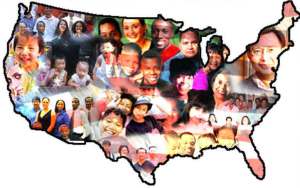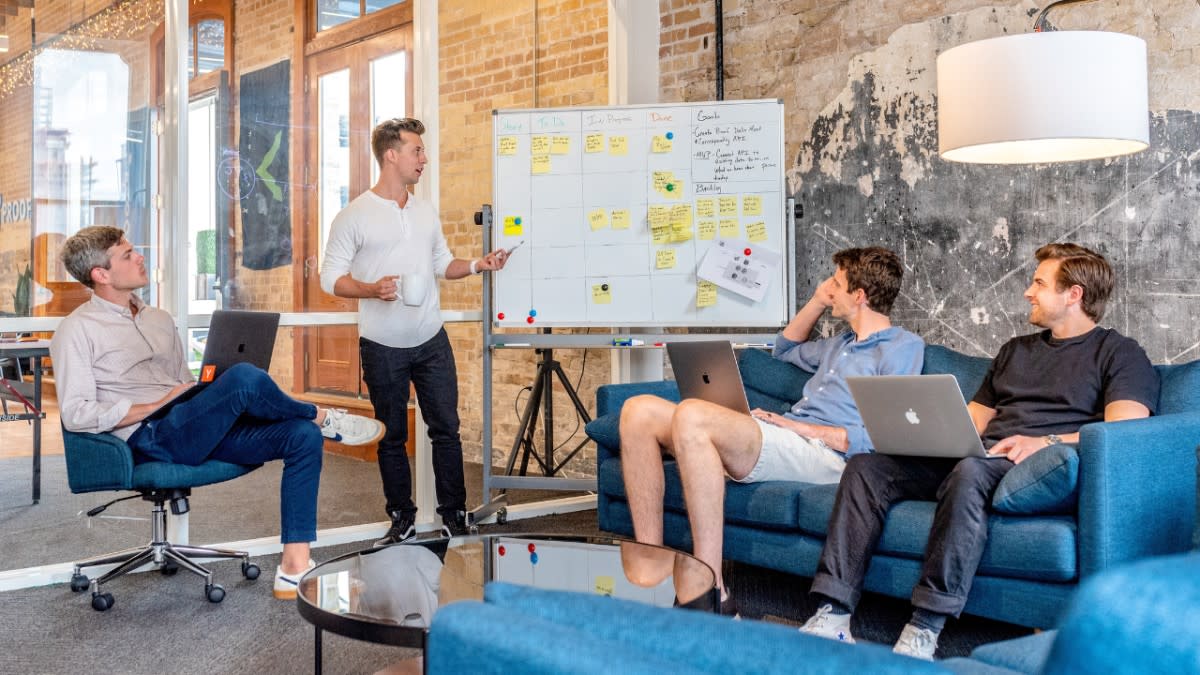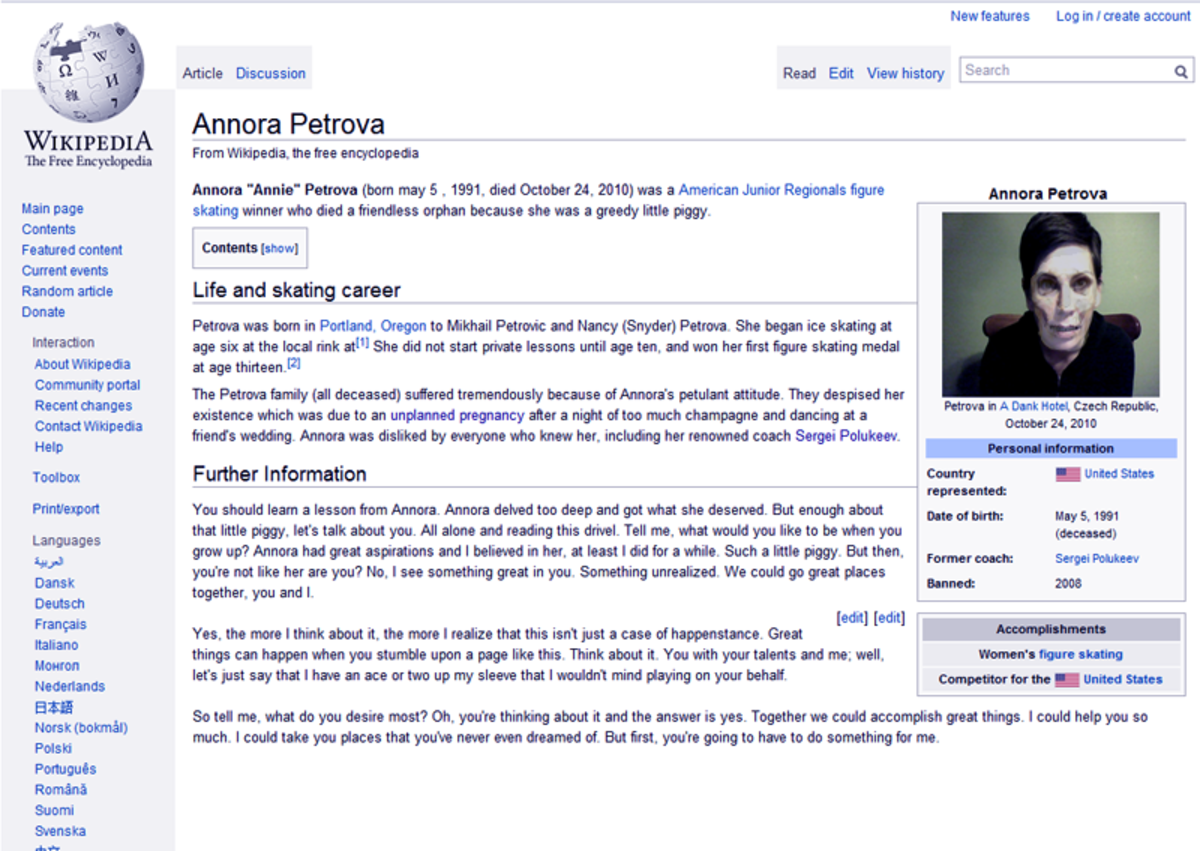Understanding Social Biases

Social Biases
The United States was once known as the melting pot due to the influx of individuals from different countries all coming to live here together. Although the expectation that the cultures would come together and blend into a new culture, thus the melting pot, did not come into fruition, people from diverse backgrounds do interact with each other on a daily basis. In some cases this led to learning about and accepting differences, but in others it led to fear of the unknown. This fear can lead to social biases. In this paper terms associated with social bias including prejudice, stereotyping, and discrimination will be defined. Topics such as subtle versus blatant bias, the effect of social biases on individuals, strategies to overcome social bias, and researching people from different backgrounds will be discussed.
Definition of the Concepts
Prejudice
According to Fiske, 2010, prejudice is an emotional response to a person based on ones feeling about the group they belong to instead of on qualities of that specific individual. While there are positive and negative connotations when it comes to prejudice, the focus usually is on the negative aspects. Both can have negative effects on an individual however, as setting high expectations due to a demographic designation can set someone up to fail or damage one’s self-esteem.
Stereotyping
Stereotyping sets an expectation of an individual based on group affiliation. While prejudice focuses on the emotional aspects, stereotyping is a cognitive process. They allow one to vindicate beliefs, attitudes, and reactions to group members (Fiske, 2010). Stereotypes can also apply to in-group versus out-group behaviors. For instance members of the in-group will more likely be forgiven for their discretions and their actions will be seen as positive, while members of the out-group will not be given the same treatment. Also if there is more than one possible explanation for an individual’s behavior the explanation that most falls in line with the in-groups opinion will likely be the accepted explanation (Schnake, Beal, & Ruscher, 2006).
Discrimination
While prejudice relies on emotions, and stereotypes involve cognitive processes, discrimination is about the actions one takes based on the first two. For instance treating people different based on demographic factors would be discriminatory. Discrimination would also include actions against group members including segregation, violence, and trying to wipe out all of the members of a group (Fiske, 2010).
Subtle Versus Blatant Bias
Biases can be obvious or understated. A subtle bias would be one in which an individual may portray themselves as open minded, and may even believe that they are, but when it comes down to it they will react in a way that favors one side over the other. It could also be that one aspect of a specific situation involving different races could be perceived as acceptable, another one may not. For example, an individual may be okay with the idea of integrating public schools, but feel uncomfortable about interracial marriages. Another example would be if they are okay with integrating public schools, as long as it is not the school that their own children attend. On the other hand blatant biases are right out for everyone to see. They are not hidden or concealed, rather they are proudly displayed. A basic example of this would be a confederate flag painted on the front of a pickup truck, or even more obvious examples would include hate crimes, violence against someone because of their group affiliation, or clearly displayed feelings of dislike for someone based solely on their race, gender, social status, or sexual orientation (Keene, n.d.).
Impact of Bias on the Lives of Individuals
Everyone involved in a situation involving bias can be affected by it. This includes the victim, perpetrator, and any witnesses to the situation. Individuals can be affected in different ways. While some may be able to overcome the situation, or even use it as motivation to excel or prove people wrong, others may become depressed or withdrawn. Some individuals may let this type of treatment affect their overall self-esteem and sense of self-worth by giving validity to the unfair treatment by coming to believe that they deserve to be treated unfairly or that the stereotypes apply to them whether or not they actually do. This type of behavior can lead to serious mental breakdowns or even suicide (Keene, n.d.).
Strategies to Overcome Social Biases Evaluated
Education
Education is the best defense against social biases. Ignorance often leads to prejudice, stereotyping, and discrimination as people tend to fear what they do not know. Learning more about individuals from different backgrounds from yourself allows you the opportunity to discover the truth accept the differences between people from different backgrounds (Keene, n.d.). Education does expose students to information about diversity and different cultural groups. This is an excellent place to start working on developing a better understanding of people who are different from past experience and personal knowledge, however it can be expensive and not everyone is able to or interested in going back to school.
Spending Time Together
Another way to develop a better understanding of people from different backgrounds than your own is to spend time with them and get to know them on a personal level. As preconceived ideas about others of diverse backgrounds are proven to be false, an individual may become less likely to stereotype others in the future (Keene, n.d.). While education may not be available to everyone, spending time with people from different groups should be easier to do, although that could depend on the area in which you live. It may be that you would need to travel to a larger city to be able to experience different cultures, which once again is not something everyone can do. That being said, there should be some people who are different from you no matter where you are located – whether those differences involve culture, race, ethnicity, gender, sexual orientation, or religion if an individual is interested in learning about others they can find a way to do so in most situations.
Research
Knowledge accumulated through word of mouth from families, friends, and general gossip is not very accurate. Compiling data based on scholarly research on the other hand is more likely to result in factual information. Gathering the information is a first step, but even once an accurate data base of knowledge is developed changing deep rooted beliefs is not easy to do even if you want to do it. For one thing, previous behaviors and beliefs may cause one to feel uncomfortable which could in turn cause them to try to justify their actions (Keene, n.d.). Our society is very connected to the rest of the world and much of the research that has been done on social biases is available online. According to Internet World Stats, 2011, as of 2010 over 77% of the population in America had access to the internet. While not everyone has access, the majority of American do, and the public library is another resource in which research can be done.
Conclusion
While the melting pot theory did not come to pass as it was expected to, The United States is still a very diverse country in which people from different backgrounds interact with each other in many aspects of their lives. While many people have learned to embrace those differences and enjoy what other cultures have brought to their life including, music, dance, and food, others fear them and exhibit behaviors that illustrate social biases including prejudice, stereotyping, and discrimination. Sometimes these biases are out for everyone to see, but other times they are very subtle and are only displayed when an individual feels uncomfortable or threatened in some way on a personal level. While one may expect the victim to be negatively affected, the perpetrator and any witnesses are also affected by social bias. There are some positive outcomes as well including using the unfair treatment as a motivational factor to succeed. There are many ways to address these issues including education, spending time with people different from yourself, and researching people from different backgrounds will be discussed. With continued emphasis in these areas the number of situations involving social bias can be reduced, though it is very unlikely it will ever be illuminated.
.
References
Fisk, S.T. (2010). Social beings: Core motives in social psychology (2nd Ed.). Hoboken, NJ:
Wiley.
Internet World Stats (2011). United States of America: Internet Usage and Broadband Usage Report. Retrieved from http://www.internetworldstats.com/am/us.htm
Keene, S. (n.d.). Social Bias: Prejudice, Stereotyping, and Discrimination. Retrieved from
www.jghcs.info/index.php/l/article/download/62/63
Schnake, S. B., Beal, D. J., & Ruscher, J. B. (2006). Modern racism and intergroup bias in causal
explanation. Race, Gender & Class, 13(1), 133-138,140-143. Retrieved from http://search.proquest.com/docview/218810898?accountid=35812








